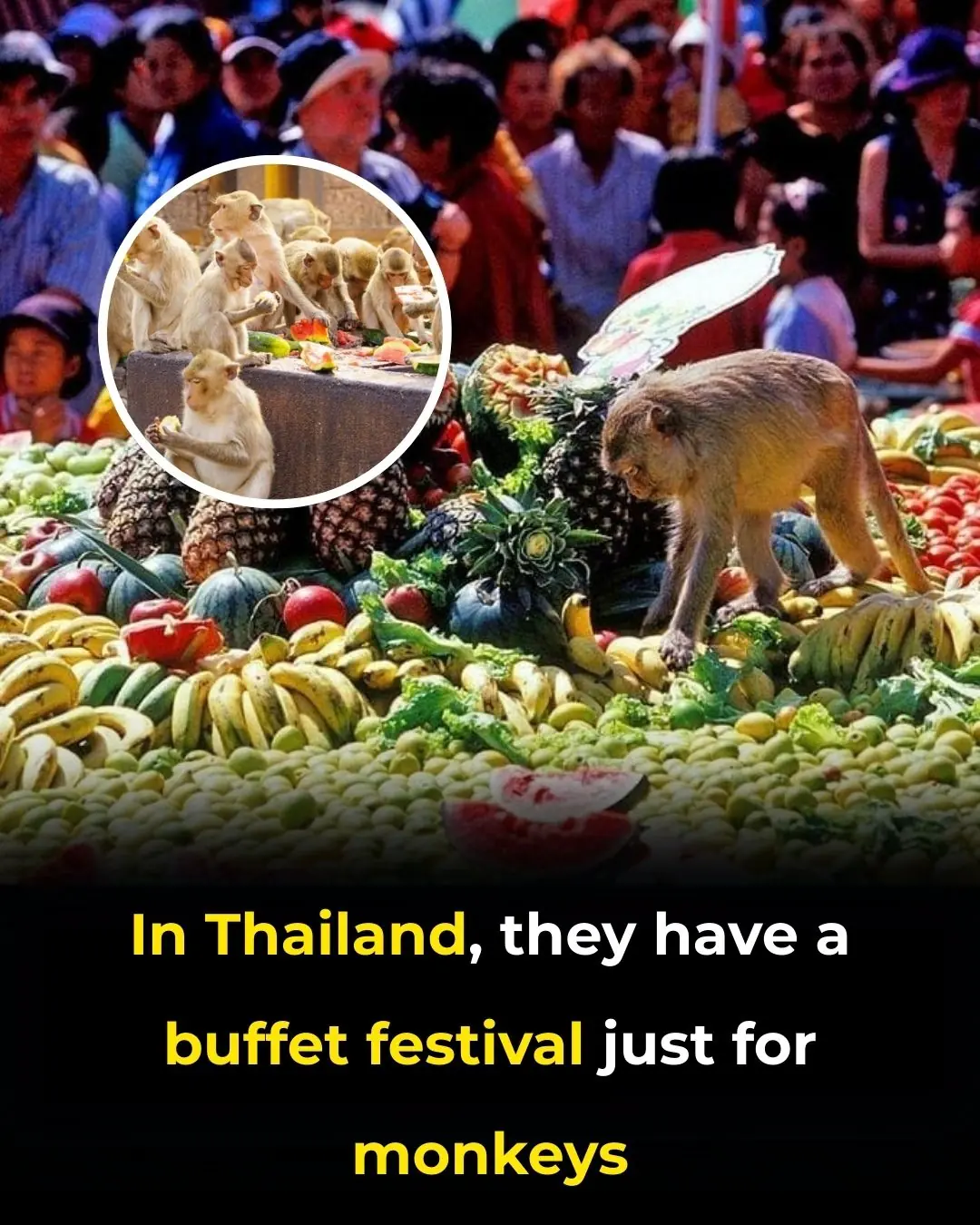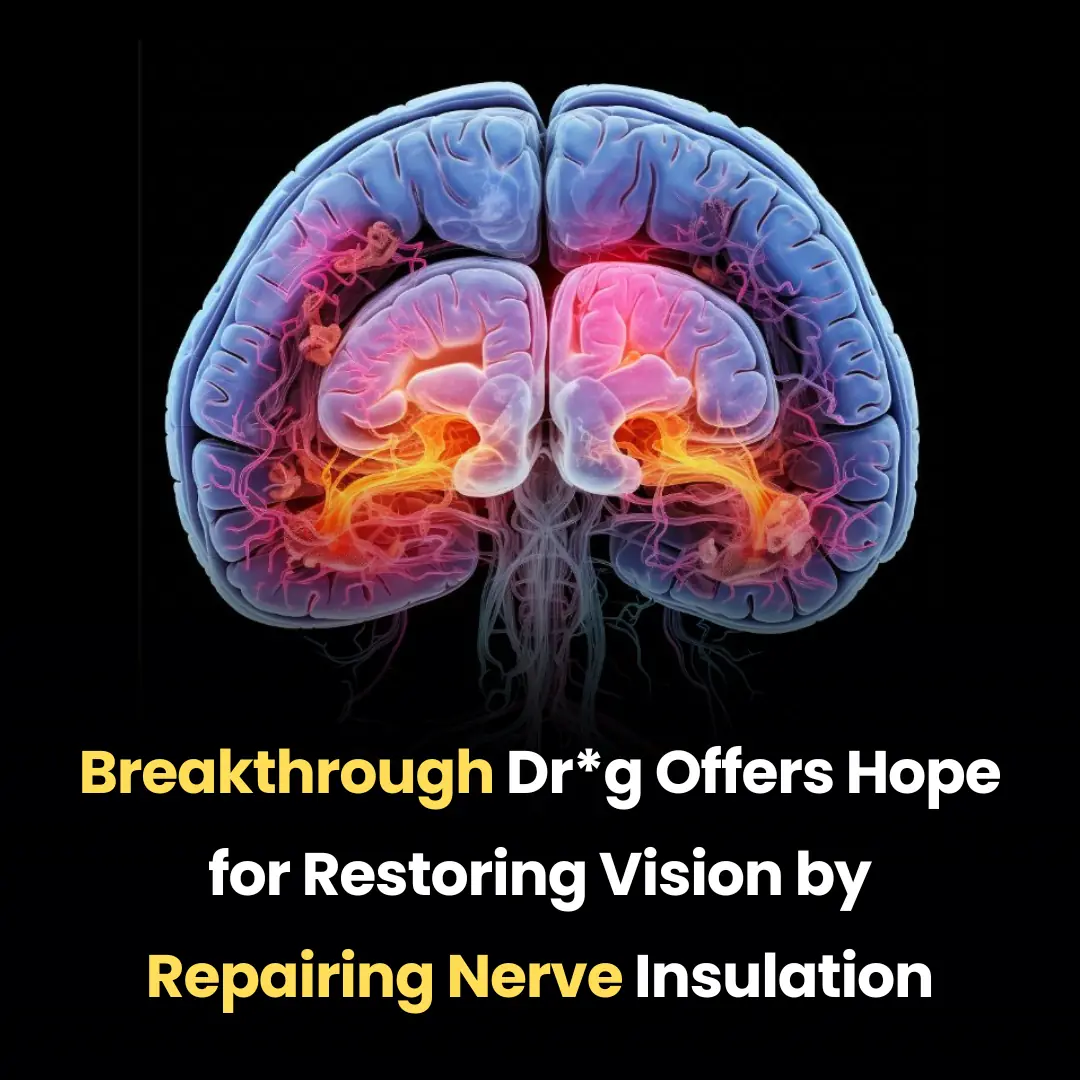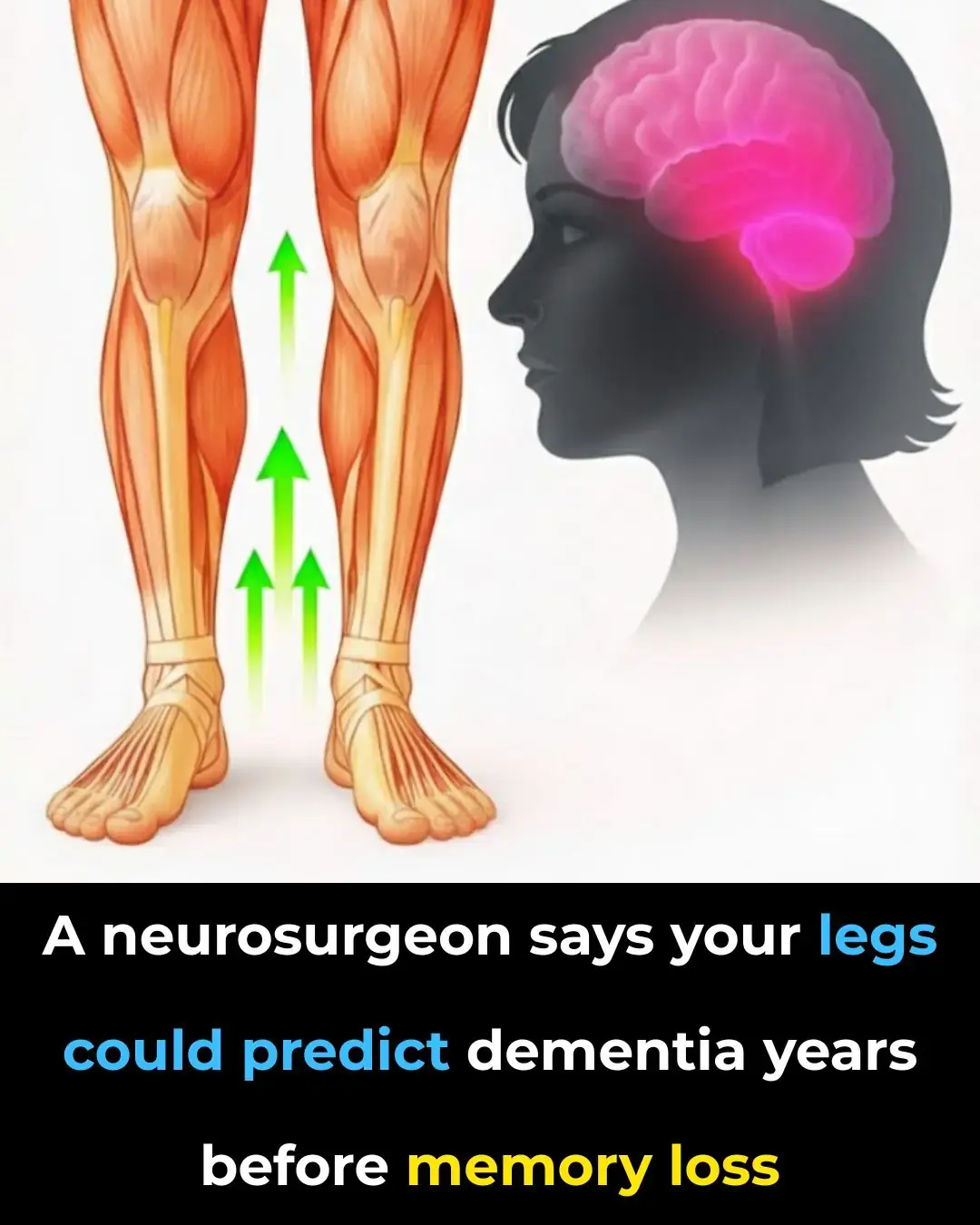
How Europe Says "Street": A Multilingual Journey Through Language and Culture
Have you ever wondered how the simple word “street” is expressed across Europe? From the romantic rue in France to the melodic strada in Italy, and the sleek gade in Denmark, each European language showcases its own unique linguistic character and heritage. This seemingly mundane word holds a fascinating glimpse into the deep history, culture, and evolution of the continent’s languages.
Across Europe, terms for "street" not only reveal the diversity of regional dialects but also provide insight into the shared roots of many European languages. While the word might seem universal in concept, each term carries with it centuries of history and evolution shaped by the cultures that spoke them.
In the Romance language family, which stems from Latin, we see rue in France, strada in Italy, and calle in Spain. These words can all be traced back to the Latin term strata, meaning "paved way" — a direct reflection of ancient Roman engineering and the importance of road systems in their empire.
Moving north, in the Germanic language group, gade is the Danish word for street, which is also used in some Norwegian and Swedish dialects. Its origins stem from Old Norse, showing how Nordic languages evolved distinctly from their Latin counterparts.
Across the Slavic regions, ulica is the common term for street, a word that likely evolved from the Proto-Slavic ulica, with roots that link it to various regional influences over time. While linguistically distinct, these languages often share a deep connection to both Latin and Slavic history, influenced by centuries of cultural exchange and conquest.
This simple word, "street," serves as a window into the diverse linguistic heritage of Europe. Each term reflects the uniqueness of its culture and geography while also connecting the continent through the shared concept of infrastructure, movement, and daily life. Whether through the Roman roads that once unified the empire or the smaller, independent paths that defined local villages, the street has long been central to the growth and development of Europe’s societies.
Thus, rue, strada, gade, and ulica are more than just translations of a single word — they are a testament to Europe’s rich, layered history and the vibrant diversity of its languages. Exploring how each region defines and names such a common concept reveals the intertwined evolution of Europe’s cultures, shaping the way we see and understand the world around us.
Through this multilingual journey, we see how language acts as both a reflection and a catalyst of cultural identity, and how even the simplest words can carry vast historical significance.
News in the same category


A New Dawn for Chronic Kidney Disease Treatment: From Management to Possible Remission

A Butterfly, A Flute, and Unshakable Composure: The Legendary Performance of Yukie Ota

Felix Baumgartner's Record-Breaking Jump: Breaking the Sound Barrier from Space

A Pacemaker the Size of a Grain of Rice: Revolutionizing Heart Care

Denmark’s Ground‑Breaking Proposal: Granting Citizens Copyright Over Their Face, Voice and Body to Combat Deepfakes

Science vs. Disney: What Finding Nemo Didn’t Tell You About Clownfish

U.S. Grocery Costs Hit Record High: Families Now Spending Over $1,000 a Month

When Mating Turns Dangerous: The Fierce Behavior of the Sydney Octopus

Welcome to the Monkey Madness: Thailand’s Unforgettable Lopburi Buffet

Why Height Matters So Much in Online Dating — And What the Numbers Reveal

Samsung Outpaces Apple Again — And Why Shipment Volume Still Matters

Thicker Thighs Linked to Lower Risk of Heart Disease and Diabetes, Study Finds

Breakthrough Drug Offers Hope for Restoring Vision by Repairing Nerve Insulation

Nobel Prize-Winning Discovery of Autophagy: The Body’s Self-Repair Mechanism

Dietary RNA: A Key to Slowing Cellular Aging and Promoting Longevity

The Role of Fish Oil Supplementation in Enhancing Fat Loss and Muscle Growth: A Scientifically Supported Approach

Dandelion Root Extract Shows Potential to Eliminate Up to 95% of Cancer Cells in 48 Hours

Meet the Solar-Powered Sea Slug: The First Animal Known to Photosynthesize!
News Post

When a Woman Bites Her Lip While Staring at You, It Means She Is ...

Have you noticed small white spots on your arms or legs… and you don't know what they are?

4 Best Clove Toners for Beautiful Skin

Never Toss Banana Peels Again: The 2,000-Year-Old “Trash” Trick That Erases Wrinkles, Heals Scars, Whitens Teeth & Drops Blood Pressure Overnight

A New Dawn for Chronic Kidney Disease Treatment: From Management to Possible Remission

A Butterfly, A Flute, and Unshakable Composure: The Legendary Performance of Yukie Ota

The $5 Kitchen Secret: Why You Should Be Brushing Your Teeth with Turmeric and Baking Soda

Felix Baumgartner's Record-Breaking Jump: Breaking the Sound Barrier from Space

A Pacemaker the Size of a Grain of Rice: Revolutionizing Heart Care

Denmark’s Ground‑Breaking Proposal: Granting Citizens Copyright Over Their Face, Voice and Body to Combat Deepfakes

10 DIY Beauty Ice Cubes for Radiant, Glowing Skin

This carb is more damaging to your blood sugar than pure sugar

A neurosurgeon says your legs could predict dementia years before memory loss

Science vs. Disney: What Finding Nemo Didn’t Tell You About Clownfish

U.S. Grocery Costs Hit Record High: Families Now Spending Over $1,000 a Month

When Mating Turns Dangerous: The Fierce Behavior of the Sydney Octopus

Welcome to the Monkey Madness: Thailand’s Unforgettable Lopburi Buffet

Why Height Matters So Much in Online Dating — And What the Numbers Reveal
